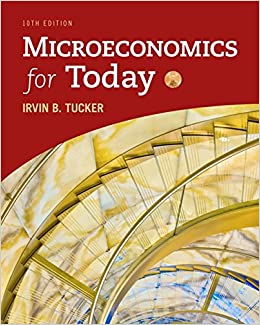Question
economics 404 Section A 1.. There are two firms that produce a homogeneous product. Let p, be the price of firm i (i = 1,2).
economics 404



0 and f is continuous. Is p, = p, = 0 a Nash equilibrium? (vi) What assumptions on f would yield the "Bertrand paradox"?2. PART I. Consider a Cournot duopoly where both firms have a cost function of the form C(q)=F+cq (where F and c are positive constants). The following diagram shows the reaction curve of firm I and two reaction curves of firm 2, labeled A and B. Reaction curve A is the initial one, while B is the one that results after a change has occurred in firm 2's marginal cost. (I.a) Has firm 2's marginal cost gone up or down? [ Prove your claim.] (I.b) Are the profits of firm 1 at the new Nash equilibrium higher or lower than at the old Nash equilibrium? What about the profits of firm 2? [Prove your claims.] 42 (output of firm 2) Reaction curve of firm I (B Reaction curve of firm 2 (A) (A) (output of firm 1) Reaction curve of firm 2 (B) PART II. Consider a Cournot duopoly. The following diagram shows the reaction curve of firm 2 (q; is the output of firm i, i = 1,2). Show the shape of the profit function of firm 2 when q1 = 1, when qy = 3, when qy = 5, when qy = 7 (draw four different graphs and in each of them measure q2 on the horizontal axis). 42 (output of firm 2) 10 (output of firm 1) Note: the heavy dots belong to the curve3. Consider an industry with two firms that produce a homogeneous product. a) The prices charged by the two firms are highly correlated over time. An economist points to this fact as proof that the two firms are colluding. Do you agree? Why? b) Suppose you observe marginal costs (or a good proxy for). How could you test if the firms are colluding? c) If the firms are colluding, how could you test if the collusion follows a pattern predicted by any particular theory? (you can choose any reasonable theory of collusion you like) Your tests can rely on existing work, but be clear about what data you are using, specifically how you plan to use the data, precisely what you are testing, and what are the alternative hypotheses. d) Now assume that you do not observe marginal costs. Without any additional assumptions can you empirically identify the degree of market power in this industry? Explain. (Hint: it may help to demonstrate the identification problem using a graph or using linear demand and cost functions and the associated profit maximization condition.) e) List two possible sets of assumptions that would allow you to identify the degree of market power. Explain. f) Now suppose you are trying to estimate the demand system for a differentiated products industry. What are the difficulties of estimating the own- and cross-price demand elasticities? g) Briefly describe/outline methods available to solve two of the problems you named in (f)
Step by Step Solution
There are 3 Steps involved in it
Step: 1

Get Instant Access to Expert-Tailored Solutions
See step-by-step solutions with expert insights and AI powered tools for academic success
Step: 2

Step: 3

Ace Your Homework with AI
Get the answers you need in no time with our AI-driven, step-by-step assistance
Get Started





